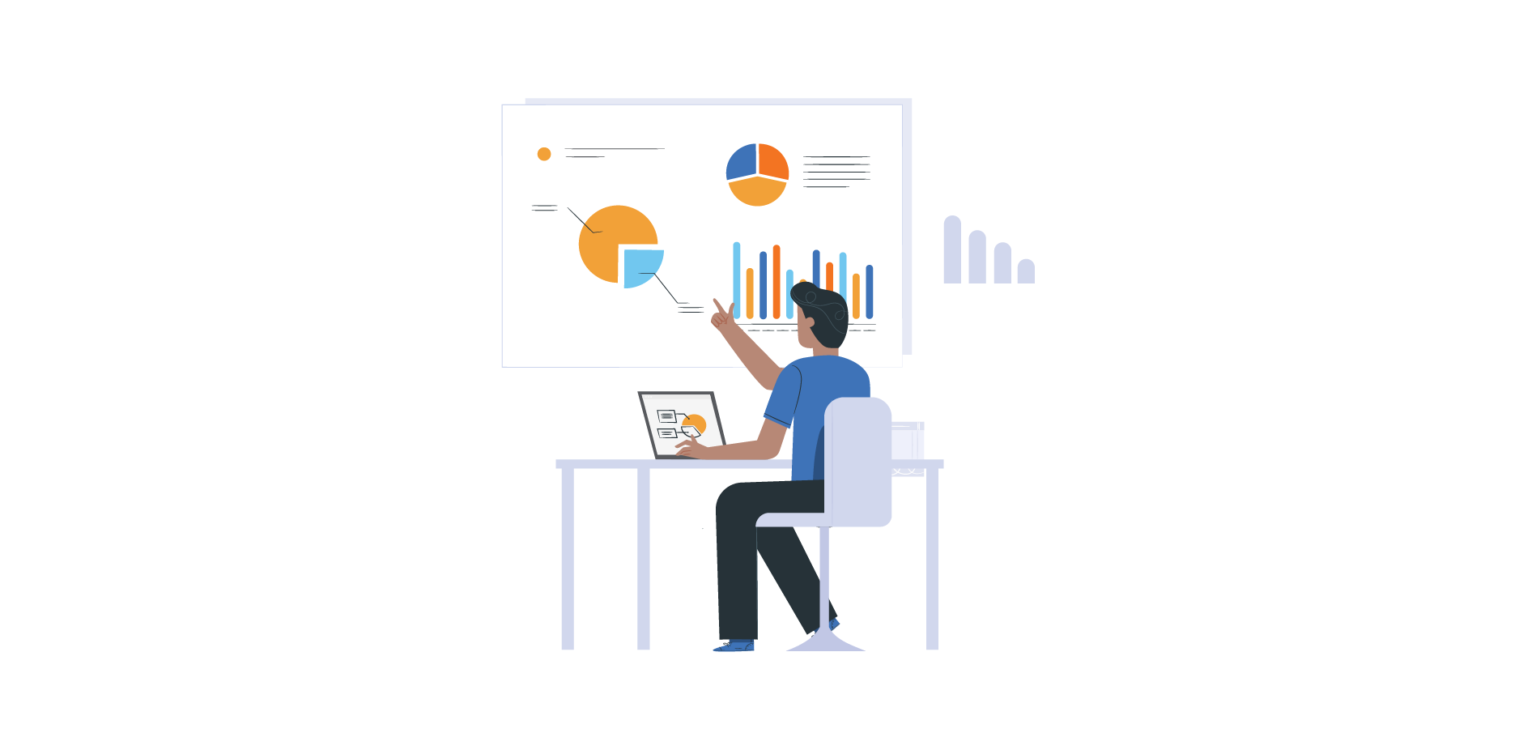
The Retailer’s Guide to Scaling Email Personalization
We hear about personalization everywhere. But we see personalization far less often. In fact, personalization in retail has often come to be a case of “do what I say, not as I do.” It’s time to change that.
The Personalization Difference
There’s a reason we hear so much about personalization: Because, when done correctly, it really does make an enormous difference. We’re talking upwards of 100% increases in engagement across different types of campaigns.
Consider the following data from Bluecore’s 2020 Retail Email Benchmark Report that compares engagement for eCommerce email marketing programs that employ a mix of static and personalized campaigns versus those that employ only personalized campaigns:
These results are powerful. But the key to achieving this type of performance growth is “doing personalization correctly,” which unfortunately we don’t see often enough. To meet that criteria, campaigns must not only be fully personalized, but brands must deliver this type of personalization consistently. Let’s break down exactly what this means.
Personalization Defined
Personalization is about making unique experiences for individuals based on factors like product, content or offer recommendations and the priority and timing of various communications. Personalization is a tactic to achieve relevance and deliver a specified business outcome.
Importantly, personalization is not the same as segmentation. Segmentation divides customers into audiences based on broad factors like location or product interest and typically requires a CRM or CRM-type system, normalized data and attributes tied to a targetable ID and a broad understanding of different buyers mapped to various products or offers.
For example, segmentation would be sending an audience of people who previously bought jeans a static email promoting jeans. Personalization would be if you (1) identify an audience of people who previously bought jeans, (2) build an email with dynamic personalized product recommendations that feature unique products based on the recipient’s browsing patterns and (3) apply send-time optimization so each recipient gets the email at a time when they are most likely to engage. Each of these examples starts out the same, but the second one takes into account individual preferences for everything from product recommendations to when the email gets delivered — creating a fully personalized experience at all levels.
The Importance of Scaled Personalization
Getting personalization right isn’t the be-all-end-all to achieving the full benefits of this 1:1 approach. The scale of personalization across your campaigns is equally as important.
Specifically, the more emails that your brand personalizes and the more elements within those emails that get personalized to recipients’ interests and behaviors, the higher engagement rates and revenue they produce. That’s because delivering consistently personalized emails helps your brand stand out in crowded inboxes and improves the product discovery experience for shoppers.
To achieve this goal, your team must be able to create fully personalized emails and then scale the amount of fully personalized emails throughout your marketing program.
Creating Fully Personalized Emails
To start, several options exist for creating more personalized emails:
- Audience: Send to a subset of your subscribers based on factors like specified interests, lifecycle stage, purchase history or send to your full list.
- Timing: Send the email once or set up the email once but have it send on a recurring basis (e.g. weekly, monthly).
- Contents: Include dynamic product recommendations, content and/or offers that change based on each recipient’s interests.
Ultimately, there are numerous elements within a typical email that you can personalize with dynamic inputs. Take a look at the graphic below to see all the elements you can personalize and build a fully unique email of your own.
Growing the Amount of Personalized Emails
Sending a fully personalized email is powerful, but doing this type of personalization sporadically will only deliver limited results. The more personalization you can inject throughout your marketing program — and the more consistent this personalization — the better results you’ll see.
For example, looking at the ability to drive email conversions that turn non buyers into one-time buyers and one-time buyers into multi-time buyers underscores the power of consistent personalization.
While we see very slight upticks in the level of conversions from non buyers as the number of personalized emails received increases, we see big lifts in performance among one-time buyers. Specifically, retailers that send >10 personalized emails to one-time buyers see 135% more conversions among this group than retailers who send 1-5 personalized emails. Once again, this data illustrates the value retailers receive in scaling the level of personalization within their marketing programs.
We see similar gains when looking at the ability to convert at-risk or lost buyers into active buyers, which is important since data reveals that over 20% of potential customer lifetime value sits with this group of shoppers and since retaining these customers and growing their loyalty over time is less expensive than acquiring new customers. The best way to save these customers is through personalized outreach, and our data indicates that the more personalized outreach these shoppers receive, the more likely they are to make a purchase.
While 14.38% of at-risk and lost customers who received 1-5 personalized emails from retailers converted to active buyers, this number more than doubled for customers who received more than 10 personalized emails.
How to Achieve Personalization at Scale
Critically, retailers can only scale personalization to the necessary level if they (1) have access to automated, AI-driven workflows that can provide insights into individual customers and the products with which they engage or with which they are likely to engage and (2) the ability to act accordingly.
Unfortunately, most retailers only have enough recent data to deliver true 1:1 personalization for about 20% of email subscribers. This problem gets further complicated by the fact that delivering this type of personalization is typically very manual and that it’s a rinse-and-repeat type process meaning marketers can’t capture learnings about how shoppers interacted with emails to make improvements for subsequent campaigns.
But this doesn’t have to be the case. Modern email marketing technology makes it possible to easily and efficiently scale personalization to all customers. Specifically, email marketing technology that uses AI-driven workflows can intelligently target all email subscribers, even those for whom data is minimal. It does so by using feedback loops to continuously learn what works and what doesn’t and then making adjustments accordingly in future sends.
For instance, a modern email marketing solution will begin by randomizing recommendations based on popular category-specific best sellers and monitoring each customer’s engagement with that email. It will use that engagement information to determine what to show each customer in the next send. Customers who engaged with the email will see more recommendations from the same category and those who did not engage will see a different sample of products, such as those from a different category or even discount products instead of full price products. Modern AI can also include relevant content and offers so the full email feels coherent and so that recipients see relevant messaging based on factors like loyalty status.

Overall this ability to learn allows personalized emails to continue to get smarter and improve relevance — and thus engagement — over time.
From the workflow perspective, this approach is also easy to scale. Specifically, the AI takes over decision-making to eliminate manual workflows and allow marketers to easily achieve 100% personalization through a single email template. Along the way, it also frees marketers to focus on value add activities, like brand positioning and which messages to share with shoppers, rather than matching those messages and products to individual customers and building hundreds of email templates.
Get More on the Value of Scaling Email Personalization: Bluecore’s 2020 Retail Email Benchmark Report
Bluecore’s 2020 Retail Email Benchmark Report explores the extent to which retailers have embraced email for different types of communications, the level of personalization used across email and the effectiveness of those messages. To review more trends and see how your email performance compares to Bluecore’s benchmarks, click here to download the full report.





